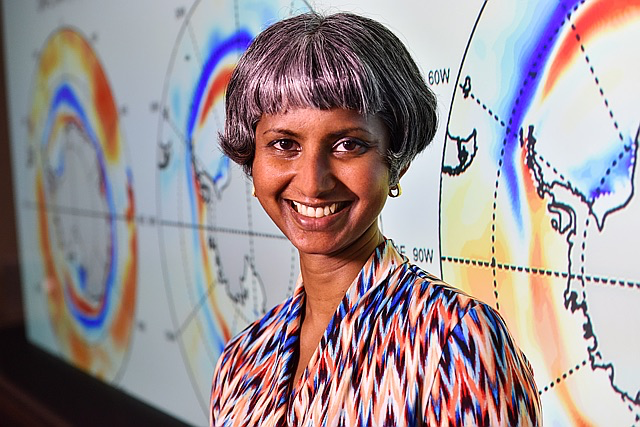Disentangling the Coupled Atmosphere‐Ocean‐Ice Interactions Driving Arctic Sea Ice Response to CO2 Increases
Published in Journal of Advances in Modelling Earth Systems, 2020
Recommended citation: Garuba OA, Singh HA, Rasch PJ, Hunke E. (2020). "Disentangling the Coupled Atmosphere‐Ocean‐Ice Interactions Driving Arctic Sea Ice Response to CO2 Increases", Journal of Advances in Modelling Earth Systems, 12 (11), e2019MS001902, doi: 10.1029/2019MS001902.
Abstract: A novel decomposition of the ocean heat energy that contributes to sea ice melt and growth (ocean‐ice and frazil heat) into components that are driven by surface heat flux and ocean circulation changes is used to isolate the evolving roles of the atmosphere and ocean in the Arctic sea ice loss from CO2 increases. A sea ice volume budget analysis is used to separate the impacts of the anomalous frazil/ocean‐ice heat from those of atmosphere‐ice heat on the evolving Arctic sea ice volume. The role of atmosphere‐ocean coupling in augmenting or curtailing the atmosphere‐ and ocean‐driven sea ice losses is further isolated by comparing the ice volume budget and the anomalous frazil/ocean‐ice heat components in partially and fully coupled experiments. Atmosphere‐ice heat fluxes drive most of Arctic sea ice loss in the first decade following CO2 increase by increasing the sea ice top face melt in summer, while ocean circulation changes drive the loss over the longer term through the anomalous increase of heat transport into the Arctic, which drive decreases in frazil ice growth and sea ice extent in winter. Atmosphere‐ocean coupling in the subpolar Atlantic further supports a negative feedback that attenuates the ocean‐driven sea ice losses over time; by accelerating the weakening of the Atlantic meridional overturning circulation, it causes a large cooling of the subpolar Atlantic and attenuation of the anomalous heat transport into the Arctic in winter, allowing for a seasonal Arctic sea ice in the fully coupled experiment, while the Arctic completely becomes ice free in the partially coupled experiment.
